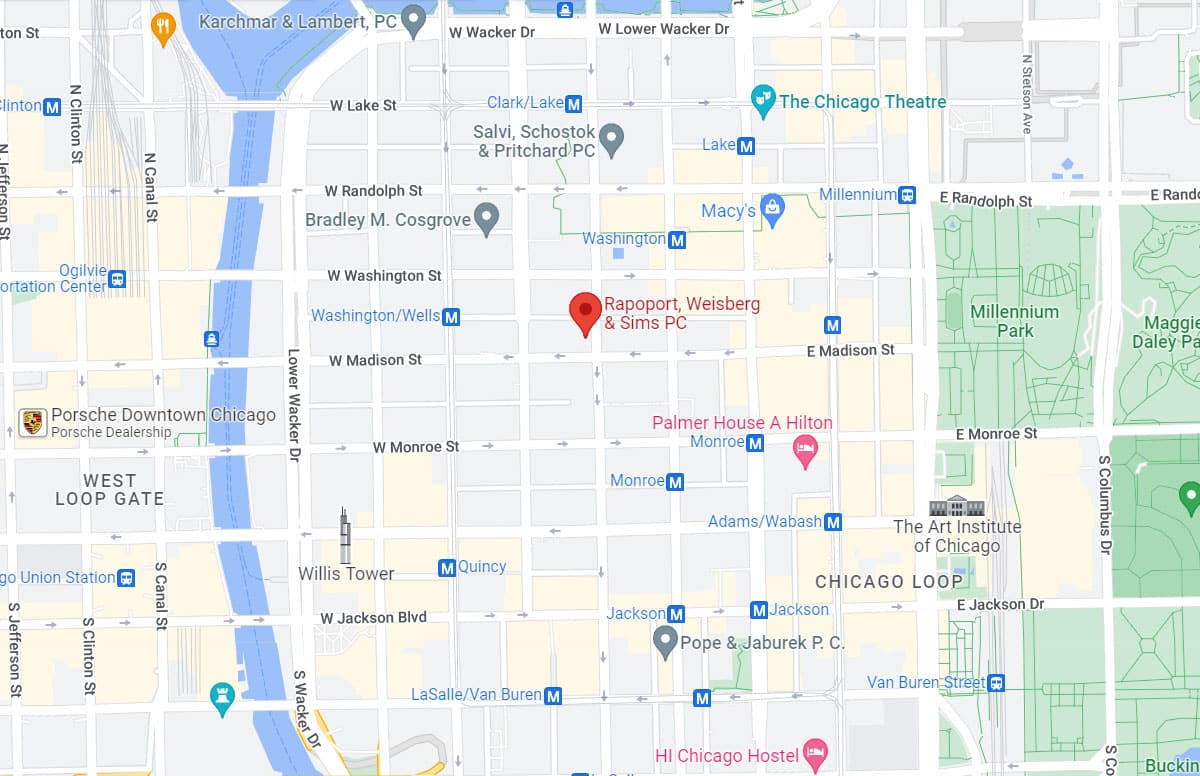Fatalities in car accidents saw a slight decline from 1997 to 2008, according to the National Highway Traffic Safety Administration. During that same time period, motorcycle deaths increased by more than 100 percent. Motorcycle fatalities saw another increase in 2010. These numbers are part of what has prompted the Government Accountability Office to ask Congress to grant greater flexibility in using state grant money to help prevent motorcycle deaths.
Improvements in safety technology and laws requiring the use of seat belts have been cited as primary contributors to making car travel safer. According to the NHTSA, helmet laws are the only strategy that has been effective in reducing deadly motorcycle accidents. The majority of states do not have helmet laws in place.
One out of every seven vehicle deaths on American roads involves a motorcycle crash. The NHTSA data shows that a person is 30 times more likely to die, per mile traveled, in a motorcycle accident than they are in a car crash. Helmets reduce fatalities among motorcyclists by more than 33 percent and decrease motorcycle passenger deaths by 41 percent. The GAO is therefore asking Congress to allow federal officials to use state grant money to support helmet laws. At the moment, Congress only allows the money granted to states to be used for motorcyclist training and awareness campaigns.
The GAO estimated that the 4,502 motorcycle deaths in 2010 had a societal cost of roughly $16 billion. To combat that societal cost, the GAO believes that federal grants given to states should not be restricted to approaches that have proven less effective than helmet laws and helmet law enforcement. It is now up to Congress to decide whether to expand the potential uses to which that grant money can be put.
Source: The Detroit News, “GAO: Give states more flexibility to reduce motorcycle deaths,” by David Shepardson, 28 November 2012
